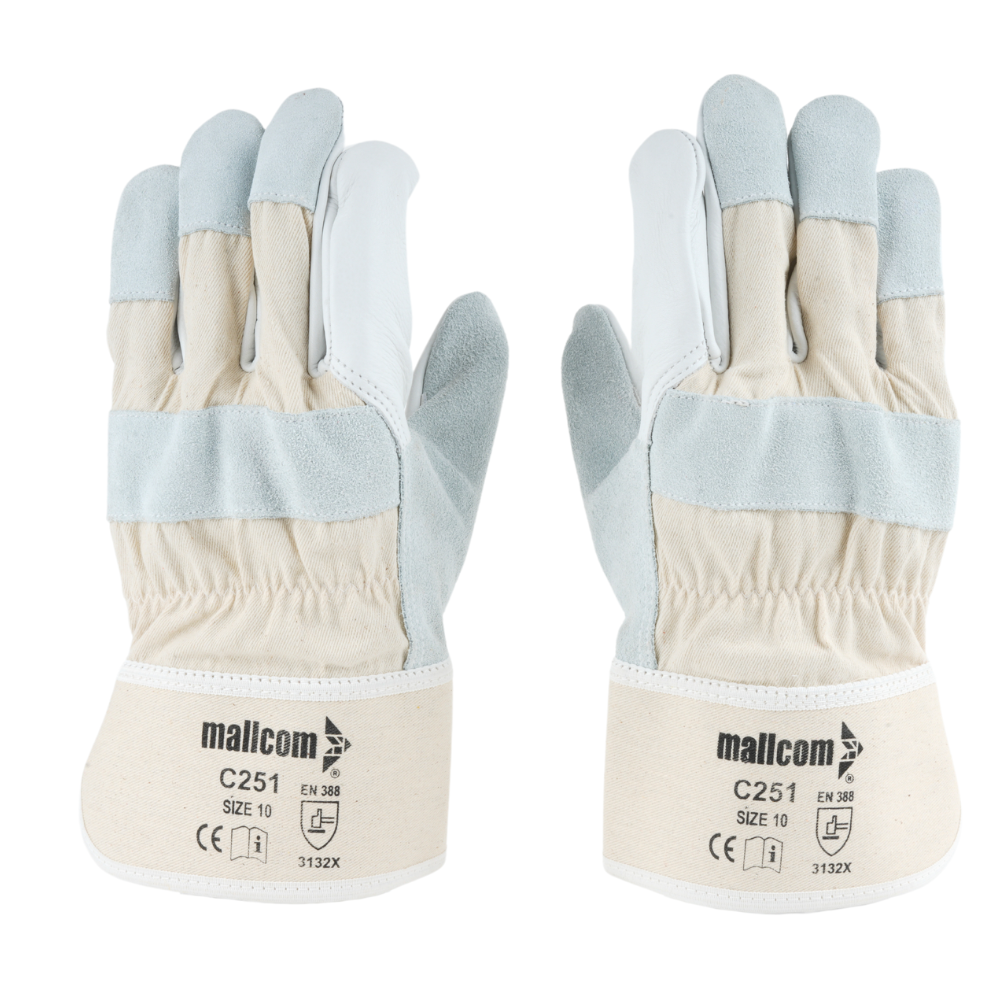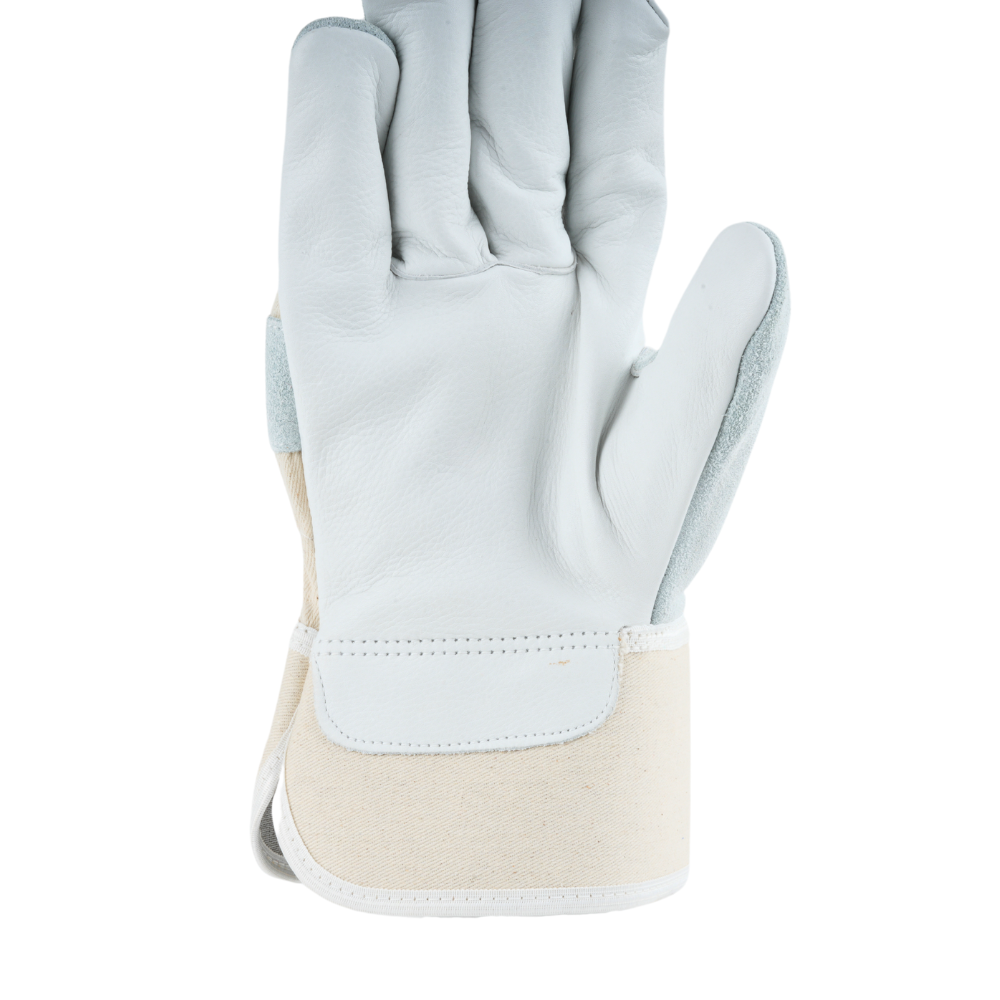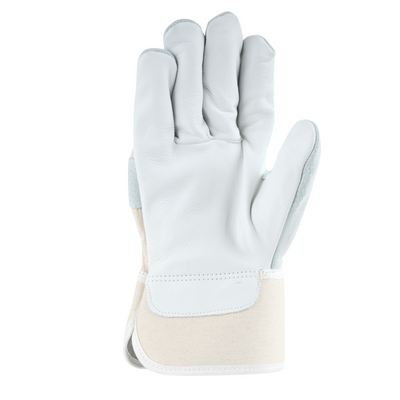C251
Share
Canadian Gloves
- Natural grain and split Canadian leather gloves.
- Cotton lining and cotton drill fabric back.
- Canvas cuff with coloured binding tape.
Knuckle Protection
Abrasion
Grip
Cuff
Dry Environment
EN 388:2016+A1:2018
Delivery & Services

Easy Return
with our 15 days return poicy
Regular price
Rs. 0
Sale price
Rs. 0
Regular price
Tax included.
Shipping calculated at checkout.







ABOUT THE DESIGN

USEFUL IN THESE INDUSTRIES
AUTOMOBILE
CONSTRUCTION
MATERIAL HANDLING
REPAIR & MAINTANENCE

Product Features
ABOUT THE DESIGN

USEFUL IN THESE INDUSTRIES
AUTOMOBILE
CONSTRUCTION
MATERIAL HANDLING
REPAIR & MAINTANENCE
Product Details





































